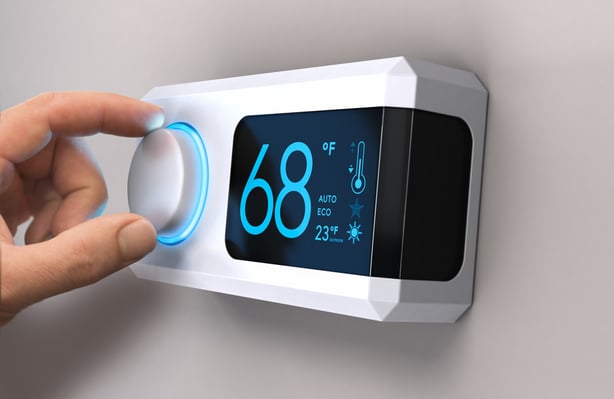Autumn offers an excellent opportunity for energy efficiency improvements as the weather is cool and pleasant. When harsh winter weather arrives, your building can keep the interior warm with lower energy costs.
Upgrades that prepare a building for cold weather may also be called winterization projects. The following tips can help reduce your energy bills while winter-proofing your property.
Improve energy efficiency and save energy and gas.
Prepare your oven
Hire a licensed HVAC professional to inspect your furnace for problems before the weather turns cold. This way you avoid emergency repairs during the winter, when there are fewer scheduling options and prices are higher. Make sure your furnace filter is changed regularly as recommended by the manufacturer, as your furnace will only function properly with a clean filter.
Control thermostat settings

HVAC systems account for a high percentage of your energy bills, but you can reduce consumption by adjusting your thermostat. This means setting the thermostat lower during the winter and higher during the summer, but still within a comfortable range of temperatures.
The U.S. Department of Energy suggests lowering the thermostat 10°F to 15°F when the house is empty. When you are at home, use the lowest temperature that is comfortable. These simple measures can save more than 10% on heating costs. The following are some recommended temperatures:
- When the house is occupied during the day, set temperatures between 68°F and 72°F.
- When the house is empty during the day and during sleeping hours, set temperatures between 66°F and 62°F.
These settings may look cool, but they are quite pleasant, especially when wearing winter clothes. Also consider using a smart thermostat, which learns usage habits on its own. This way, you avoid the tedious task of adjusting the thermostat several times a day.
Check doors and windows for leaks and drafts

Check windows and doors for cracks and air leaks: they cause heat loss during winter, forcing the heating system to work harder.
- To perform a simple door tightness test, place a piece of paper on the door jamb and check whether it slides easily when the door is closed.
- Also check for cracks and damaged seals around doors and windows.
To repair air leaks, purchase door weatherstripping and silicone window weatherstripping. These products can be installed quickly and easily by following the instructions provided.
Use ceiling appliances efficiently
With smart use, ceiling fans and shades can increase a home's overall efficiency. Fans are typically used to cool indoor spaces during the summer, but they can also achieve synergy with space heaters if the direction of rotation is reversed.
- Consider that cold air accumulates near the floor, while warm air collects near the ceiling.
- A reverse fan pulls cold air upward, displacing hot air toward the floor.
During winter days, curtains can remain open to take advantage of solar heat gain, allowing internal heat to build up. At night, curtains should be closed to keep the heat inside while you sleep.
Clean the fireplace and chimney, if applicable
The fireplace is often considered a pleasing aesthetic element, especially for residents of cold climates. A wood-burning or gas fireplace should be cleaned regularly to prepare for fall and winter, ensuring it operates efficiently and safely.
Before using your fireplace for the first time in the winter, seek a professional inspection and cleaning service. Proper cleaning will ensure that any flammable materials are removed, preventing the release of harmful carbon monoxide (CO) into your home.
Conclusion
Energy efficiency should be a year-round goal for building owners. However, autumn represents an excellent opportunity to prepare for winter and optimize heating costs.
One of the simplest tips is to optimize your thermostat, as it saves energy even without updating your heating system. Fall offers a great opportunity to experiment with different thermostat settings before winter arrives. You can also take the time to repair your heating system and find the best upgrades, rather than spending more than necessary on emergency winter repairs.

